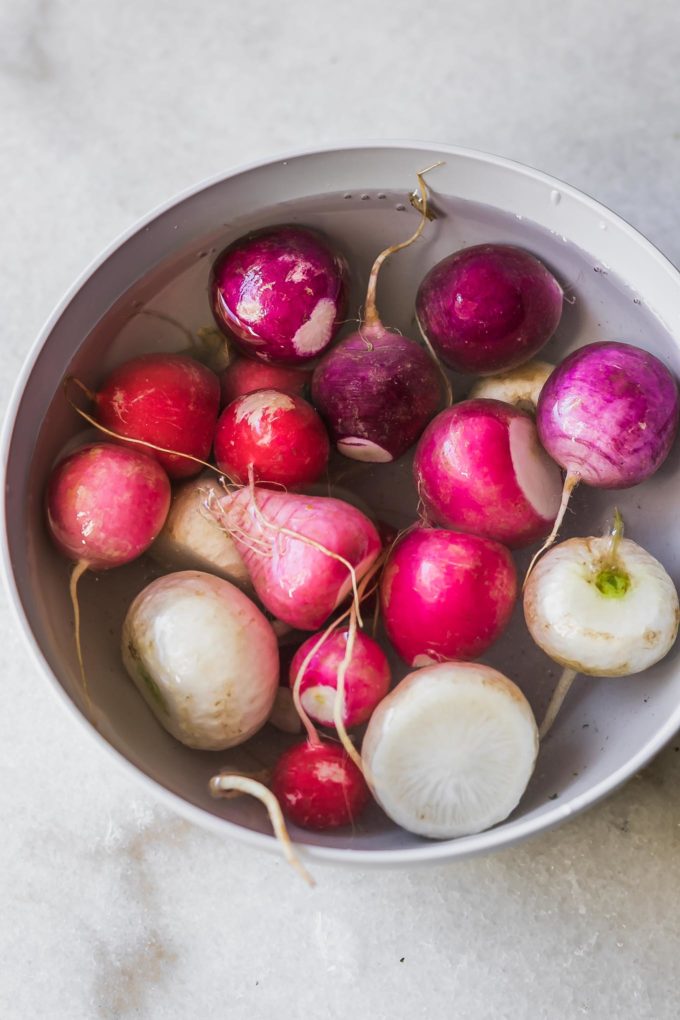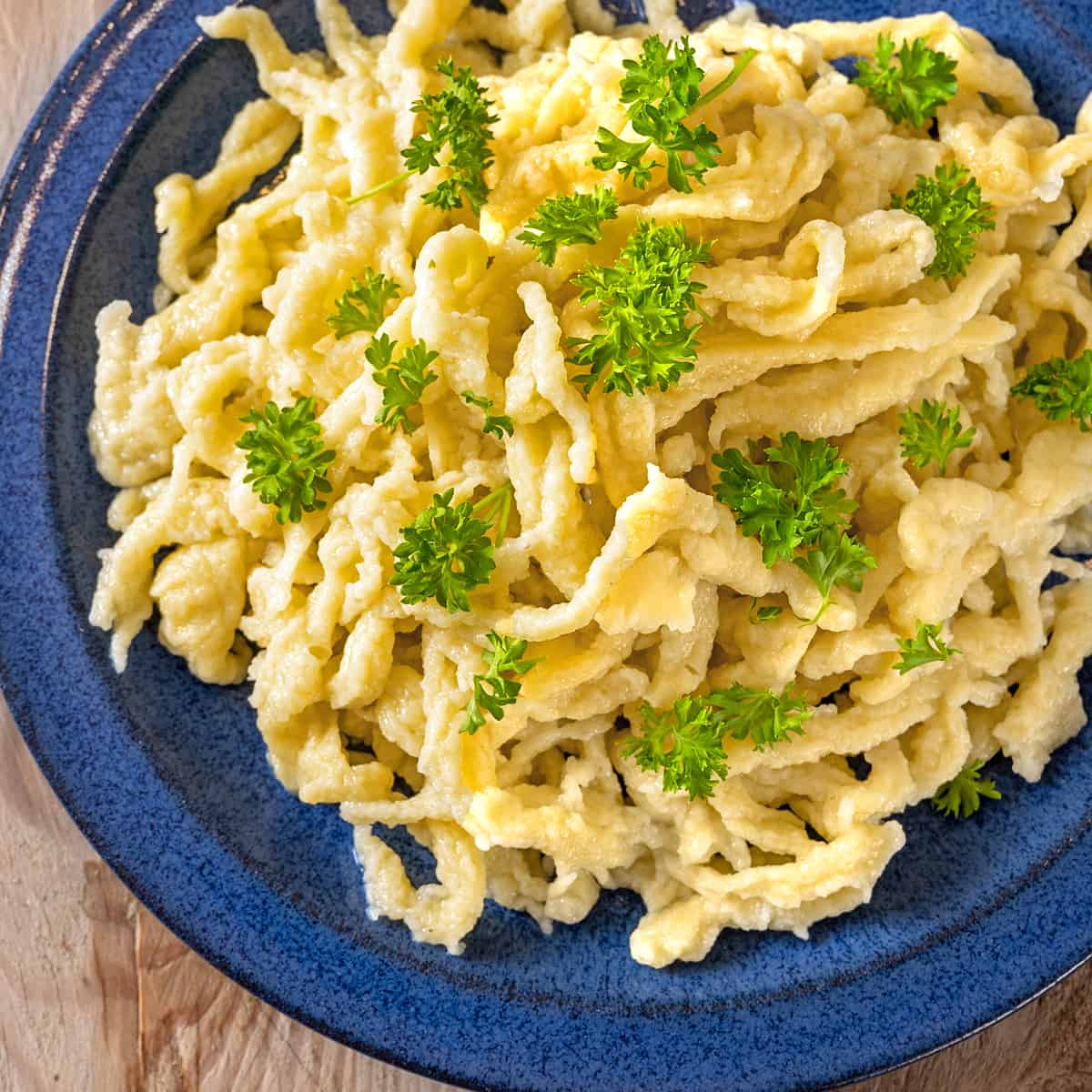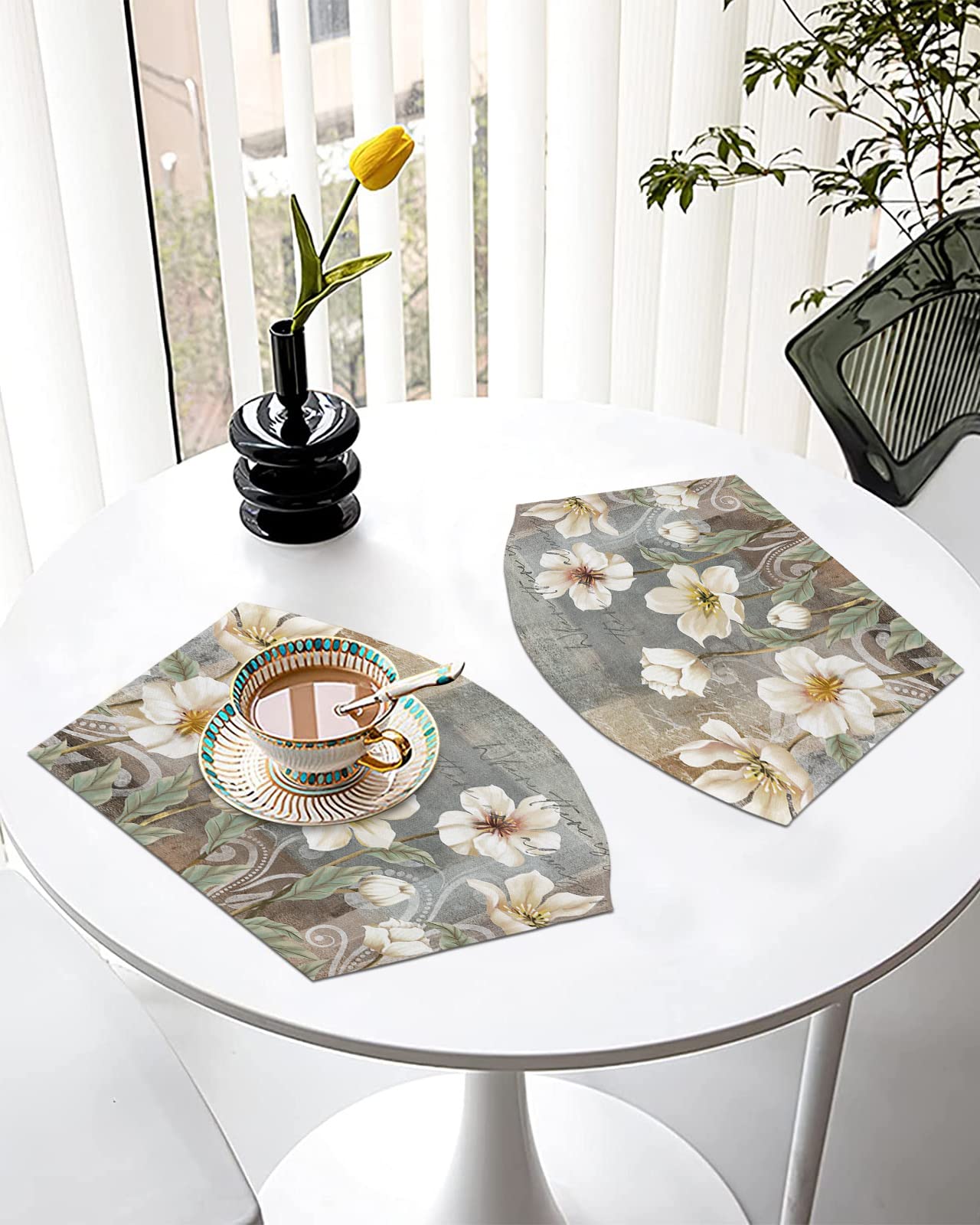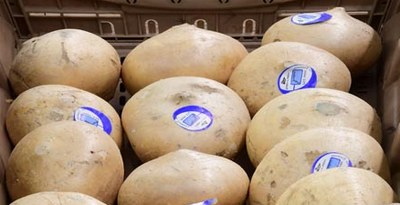How long to smoke brisket at 225 for tender, flavorful meat: expert tips
– When smoking brisket at 225 degrees Fahrenheit, the recommended cook time is 1.5-2 hours per pound.
– A 12-pound brisket would take 18-24 hours to smoke, a 15-pound brisket would take 22.5-30 hours, and an 18-pound brisket would take 27-36 hours.
– It is important to monitor the brisket’s internal temperature, and once it reaches 190-200 degrees Fahrenheit, it is ready to be removed from the smoker.
– Brisket comes from the lower chest of a cow and has two sections: the point and the flat.
– The point is thicker and fattier, while the flat is mostly meat and connective tissue.
– Brisket can be sold as a “flat” or “half” brisket, or as a “full-packer” which includes both the point and the flat.
– Brisket should be cooked slowly at a low temperature to prevent drying out and to allow the connective tissue to break down.
– The perfect temperature for smoking brisket may vary depending on personal preference and the smoker being used.
– Rubs and marinades are recommended to enhance flavor.
– The brisket should be trimmed before smoking, including removing hard, inedible fat and unattractive edges.
– There is a debate on whether to cook the brisket top-side down or fat-cap down, but the author believes that cooking fat-cap down is preferable.
– Wrapping the brisket in foil or parchment paper once it reaches 165-170 degrees Fahrenheit can prevent dryness.
– Adding beef broth to the packet can help prevent dryness as well.
– Allowing the brisket to rest for about 20 minutes after removing it from the smoker helps lock in the meat’s juices.
– When carving the brisket, it is recommended to cut against the grain for tenderness.
– Using a thermometer to monitor the internal temperature of the brisket is crucial.
– The drippings from the brisket can be saved and used for making sauce or marinades.
– Good brisket can be chosen by performing the fold test.
– Generally, ¾ of a pound of raw brisket per person is sufficient.









